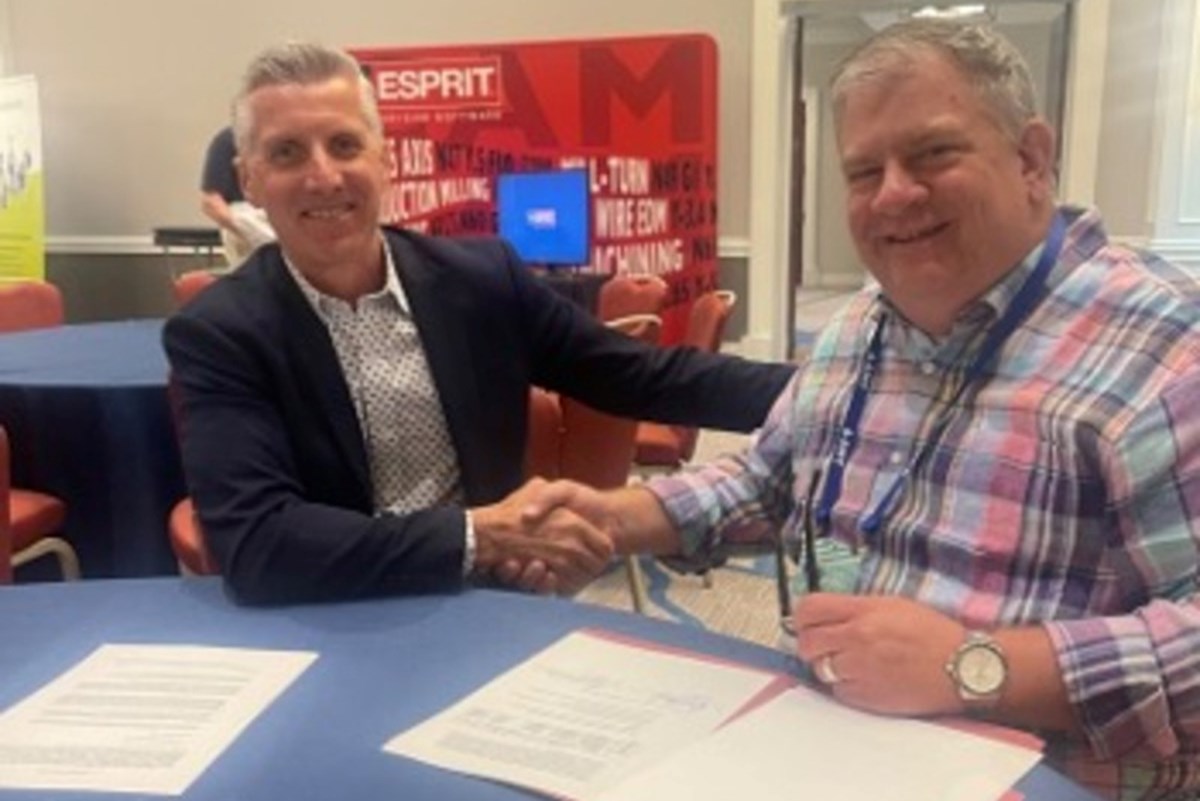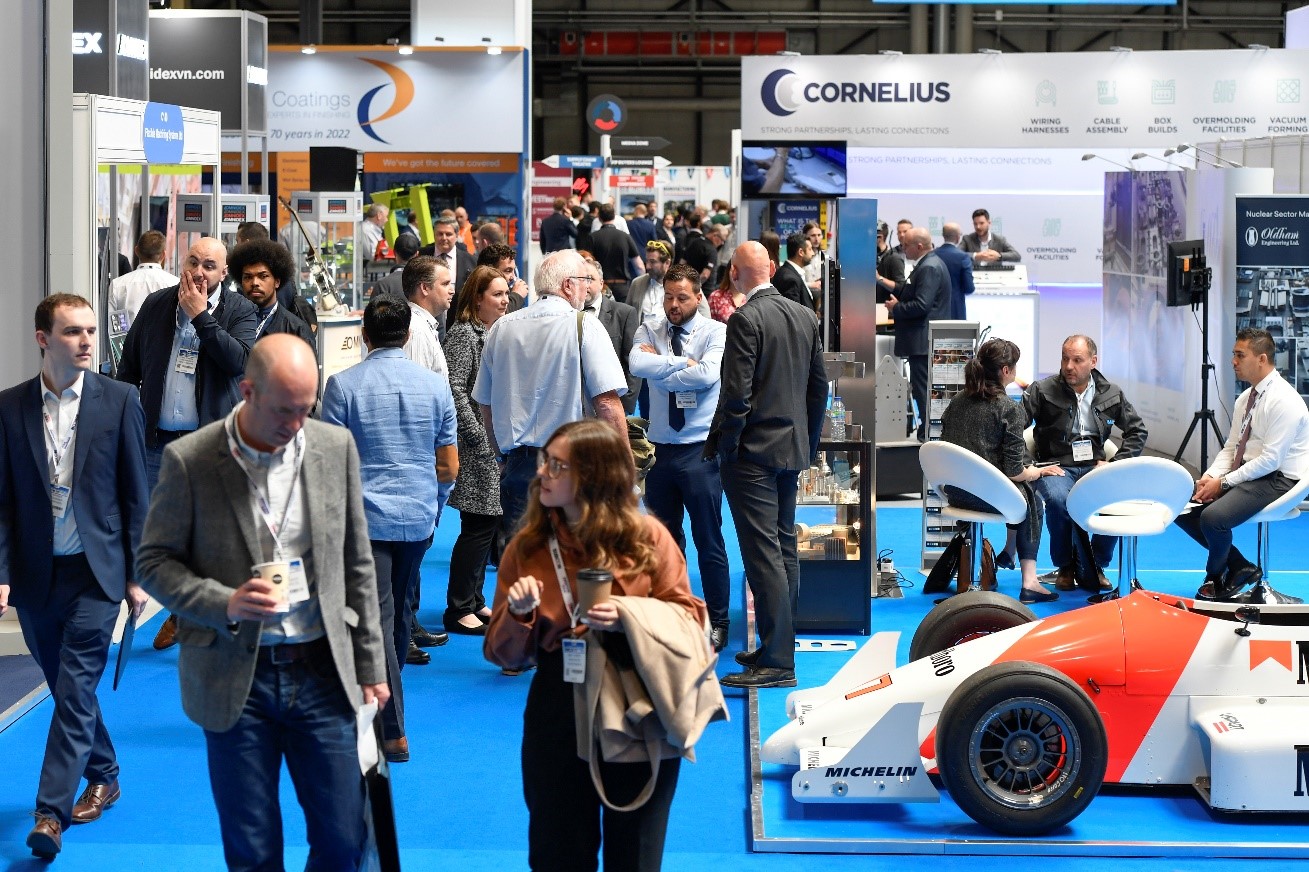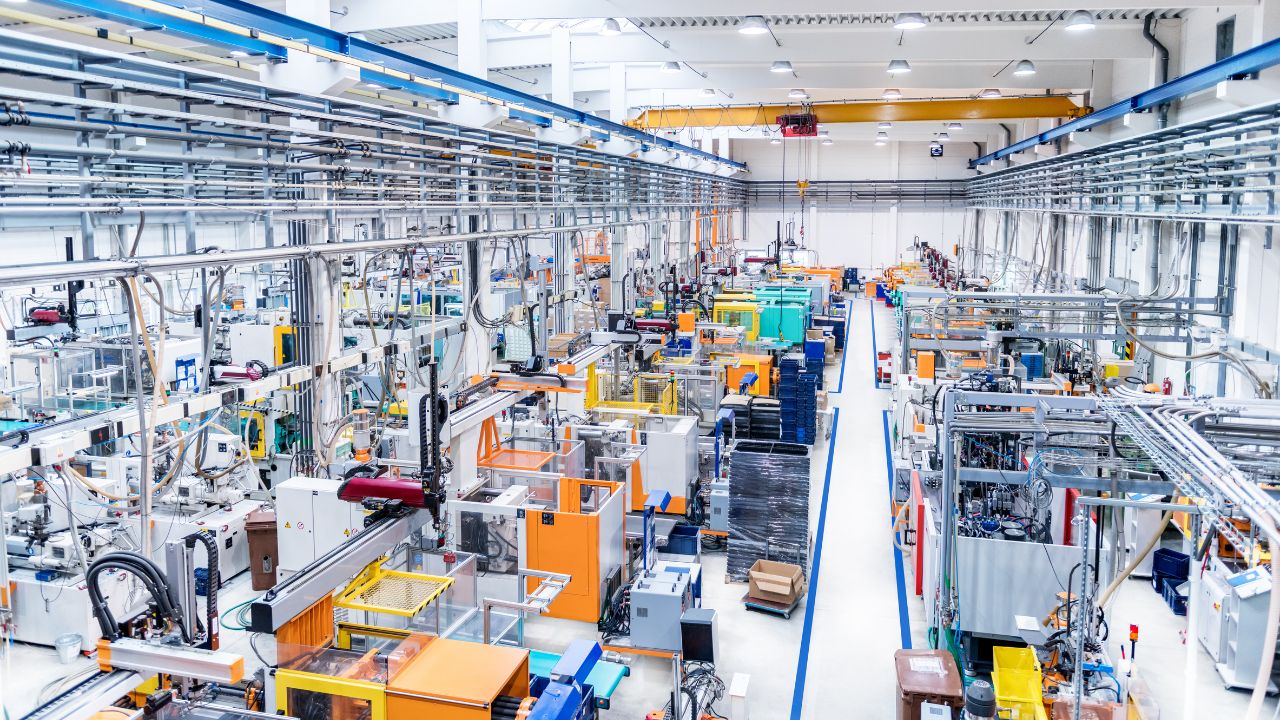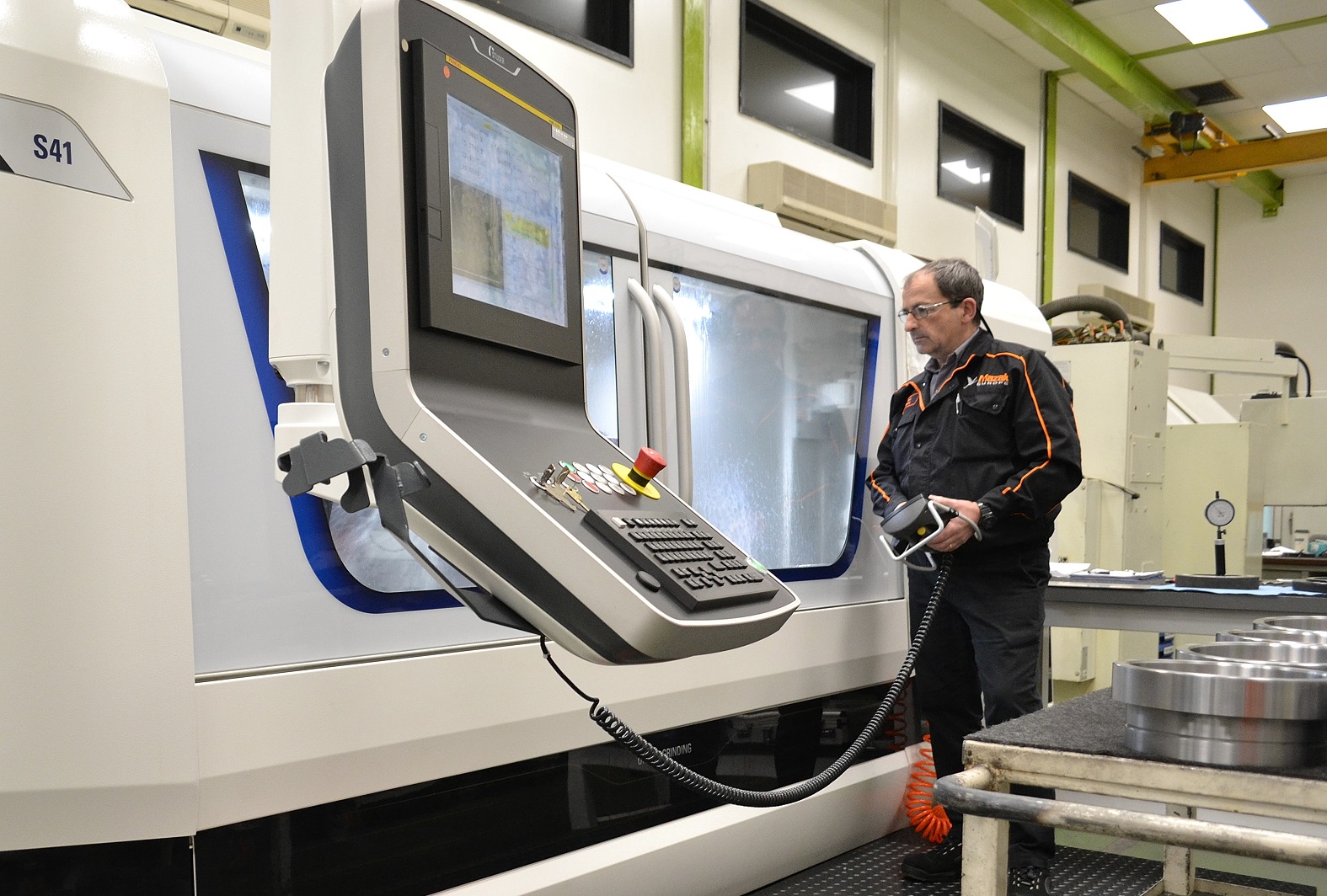Having used Studer grinding machines for its high-precision grinding tasks for many years, machine tool manufacturer Mazak recently installed a Studer S41 CNC universal cylindrical grinding machine at the company’s Worcester-based European manufacturing plant.
On the rare occasion that the need for a machine tool cannot by satisfied from Mazak’s product portfolio, the required production aid is submitted to a rigorous selection procedure. When comparing the offerings from five leading grinding machine manufacturers, this list included: high-precision dimensional and surface finish capabilities, efficiency, flexibility, and thread-grinding abilities.
Having carefully evaluated each machine, it was found that only the Studer S41 CNC universal cylindrical grinding machine met, and in some cases exceeded, Mazak’s list of operational criteria. Furthermore, the levels of support previously provided by Studer and the company’s UK agent, Micronz, aided Mazak’s purchasing decision.
“Our new Studer S41 will be used for the highly precise external grinding of various components, including parts that have single figure micron dimensional tolerances, such as our spindles,” explains Michal Saletra, new investment lead for the UK at Mazak. “In addition, many of our components have demanding geometric and surface finish specifications, including parameters such as roundness and roughness. As all of these attributes require grinding to an extremely high degree of accuracy, we have been very impressed with the highly-precise results, and the speed and ease of operation of our new S41 machine.”
He adds: “Another major reason for the Studer S41’s purchase was its ability to very accurately and efficiently grind external threads. Previously we were using a subcontractor for much of this work.”
For further information www.micronz.co.uk



















